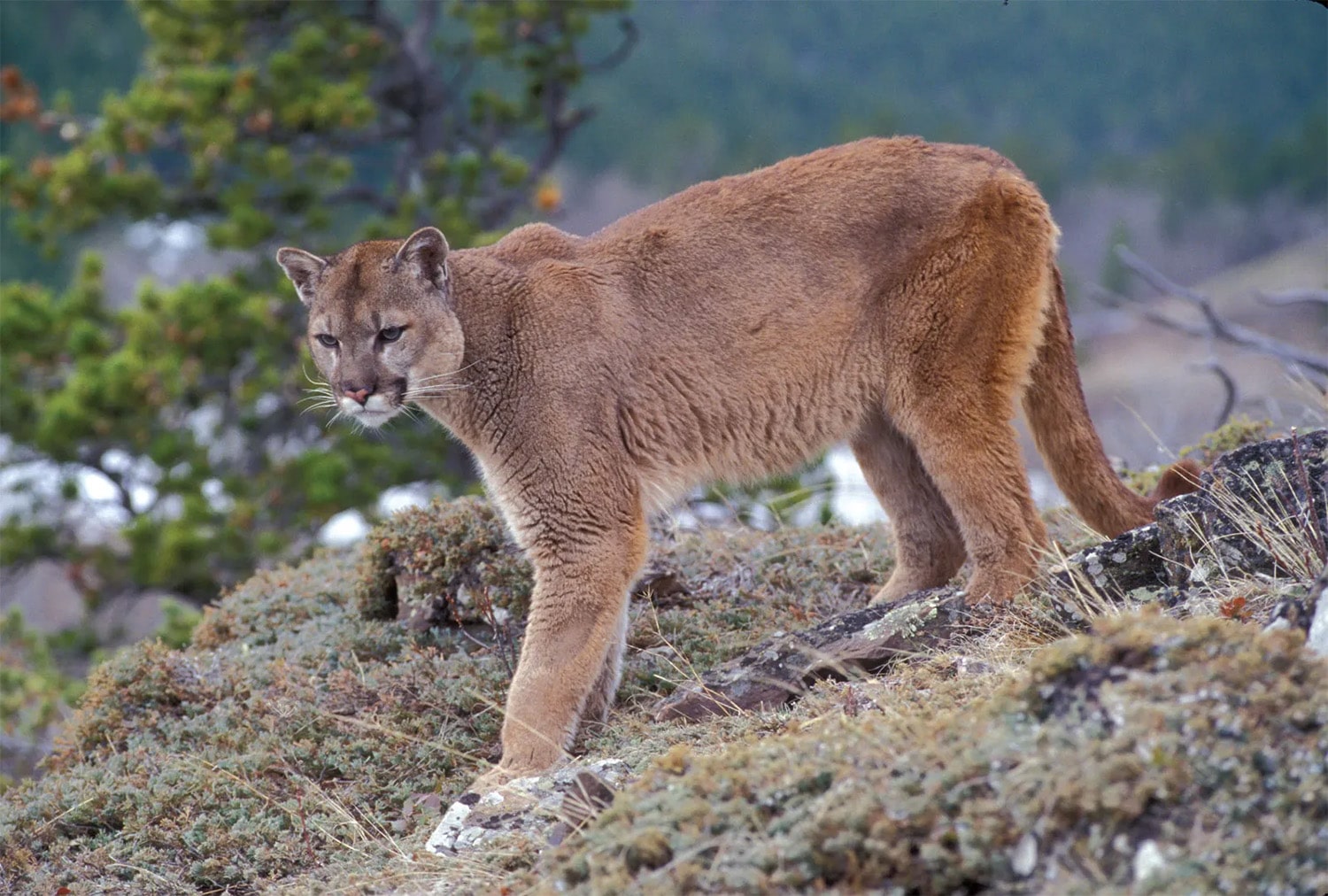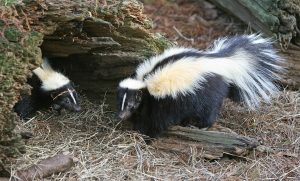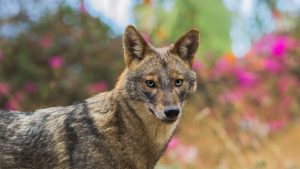
28 interesting facts about pumas
- 👁️ 335
Pumas, also known as cougars, mountain lions, or panthers, are fascinating and powerful creatures that roam the Americas. They are the second-largest cats in the New World and possess a remarkable adaptability to a wide range of habitats. Pumas have intrigued humans for centuries, featuring prominently in the mythology and folklore of various indigenous cultures across the continent. With their elusive nature and majestic presence, pumas continue to captivate wildlife enthusiasts and researchers alike. Let’s dive into the world of pumas and uncover some interesting and informative facts about these magnificent animals.
- Pumas have the greatest range of any wild terrestrial mammal in the Western Hemisphere, from the Canadian Yukon to the southern Andes.
- They are highly adaptable and can live in every type of habitat in the Americas, including forests, deserts, mountains, and even urban areas.
- Despite their common names suggesting otherwise, pumas are more closely related to domestic cats than to lions.
- Adult pumas can jump as high as 18 feet (5.5 meters) from the ground into a tree.
- They are solitary animals, with territories that can span over 100 square miles (260 square kilometers).
- Pumas are crepuscular, meaning they are most active during dawn and dusk.
- They have the largest hind legs in the cat family, which are adapted for leaping and short sprints.
- A puma’s roar is more like a high-pitched scream than the roar of an African lion.
- Pumas are excellent climbers and often use trees for surveillance and protection.
- They have a lifespan of about 8-13 years in the wild but can live up to 20 years in captivity.
- Female pumas are solely responsible for raising the cubs, which they typically give birth to every two to three years.
- Pumas can run at speeds of up to 50 mph (80 km/h) but only for short distances.
- Their diet primarily consists of deer, though they also hunt smaller animals such as coyotes, raccoons, and rabbits.
- Pumas have a unique method of killing their prey, preferring to bite the neck to suffocate or break the neck.
- They are known to bury their kills to save them for later, a behavior called caching.
- Pumas are capable of leaping up to 40 feet (12 meters) in a single bound.
- The Florida panther, a subspecies of the puma, is critically endangered, with only about 120 to 230 individuals left in the wild.
- Unlike other large cats, pumas cannot roar due to the structure of their larynx, but they can purr.
- They communicate through visual and olfactory signals and vocalizations such as hisses, growls, and whistles.
- Pumas have a keen sense of hearing, which they use to detect prey.
- They mark their territory with urine and feces and by scratching trees.
- In most of their range, pumas are the top predator, playing a crucial role in controlling the population of herbivores.
- Puma kittens are born with blue eyes and spots that fade as they grow older.
- The puma’s powerful forequarters, neck, and jaw help them grasp and hold large prey.
- They have been known to travel long distances to find food or new territory.
- The name “puma” comes from the Quechua language, spoken in the Andes.
- Pumas have more than 80 names in English alone due to their wide range and presence in different cultures.
- Despite their wide distribution, pumas are elusive and rarely seen by humans.
Pumas embody the wild spirit of the Americas, thriving in a variety of landscapes from the snow-covered mountains to the dense rainforests. Their adaptability, strength, and mysterious nature make them one of the most revered and respected wild animals on the continent. As apex predators, they play a vital role in maintaining the health and balance of ecosystems. Understanding and preserving these majestic creatures is essential for biodiversity and the well-being of our natural world. The fascinating facts about pumas highlight their significance and the need to protect them and their habitats for future generations.











